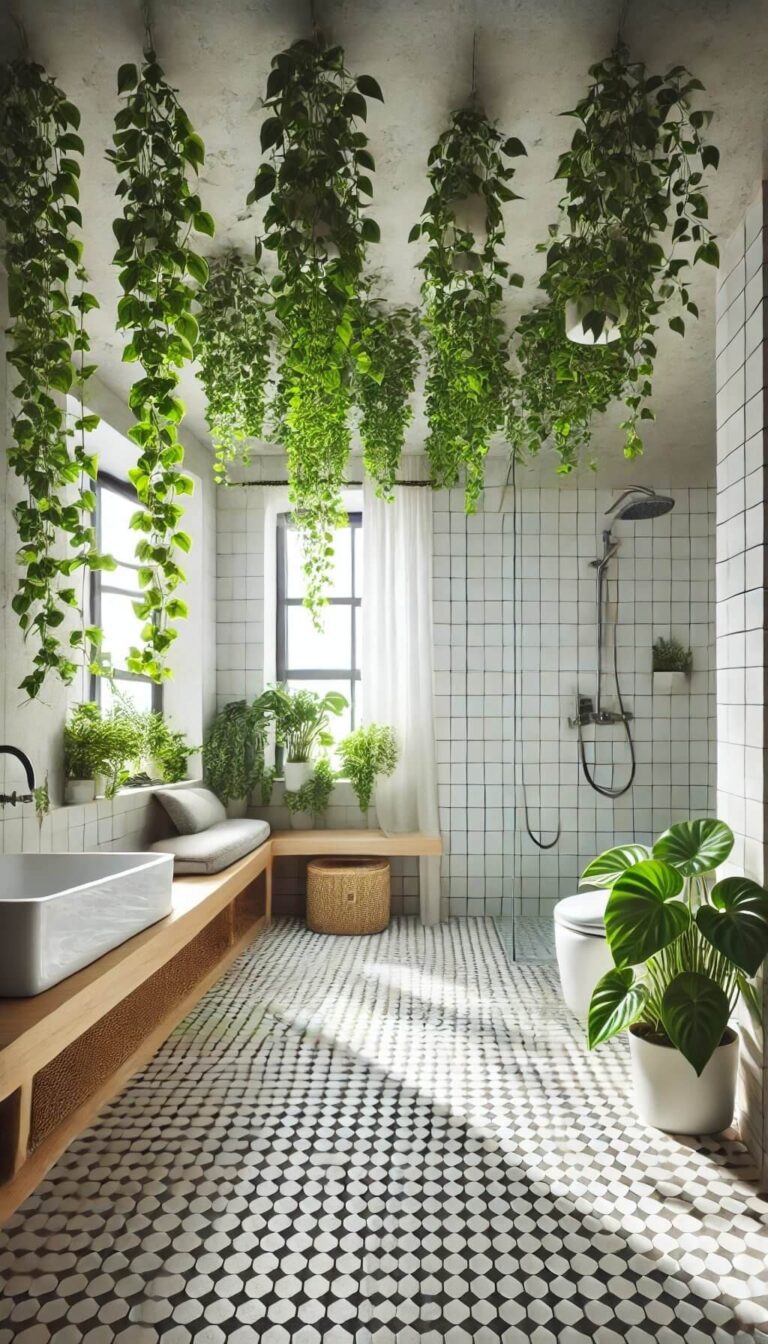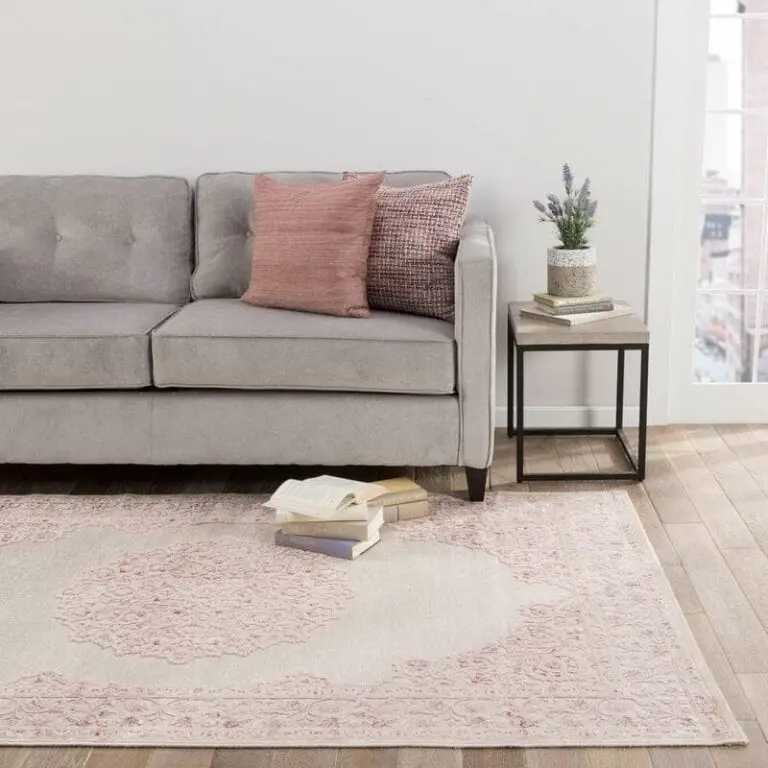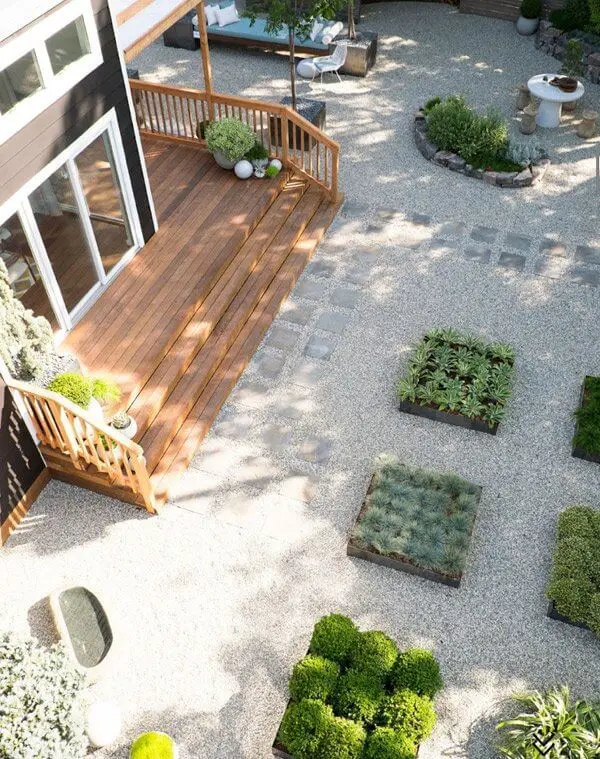20 Different Types Of Acacia Wood: Pros And Cons Of Each
Acacia wood, a type of hardwood, offers a wide range of options for those looking to incorporate it into their projects. With over 1,300 species, each has its unique characteristics, advantages, and disadvantages. In this article, we will explore the most popular types of Acacia wood, discussing their benefits and drawbacks, as well as providing tips on how to choose the right type for your needs.
Some of the key features that make Acacia wood stand out include its durability, resistance to rot and insects, and attractive grain patterns. It is also relatively affordable compared to other hardwoods. However, it can be challenging to work with due to its density and tendency to split. In addition to discussing the various types of Acacia wood, we will also touch on some of the key uses for this material. From furniture-making to construction, Acacia wood has a wide range of applications.
Some of the most common uses include making picture frames, cutting boards, and even musical instruments. It is also commonly used in landscaping and garden design. One of the primary advantages of using Acacia wood is its durability. It is resistant to rot, insects, and decay, making it an excellent choice for outdoor projects or applications where moisture may be present. It is also relatively easy to maintain and clean, as it does not absorb stains or odors easily.
On the other hand, one of the primary disadvantages of using Acacia wood is its tendency to split. This can make it challenging to work with, especially when attempting to cut or shape the material. Additionally, some species of Acacia wood may have a more pronounced grain pattern than others, which can affect their overall appearance. In conclusion, Acacia wood is a versatile and durable material that offers a wide range of options for those looking to incorporate it into their projects.
With its attractive grain patterns, resistance to rot and insects, and relatively affordable price point, it is an excellent choice for many applications.
What is Acacia wood?
Acacia wood, derived from the Acacia tree, boasts a unique combination of strength, durability, and resistance to termites and rot, making it an ideal material for crafting furniture pieces that withstand heavy use. Native to Australia but also found in Africa and Asia, this hardwood has been prized for its versatility and longevity. Its natural beauty can be enhanced through staining or painting, with the color retention lasting for many years.
This remarkable wood’s ability to withstand harsh outdoor conditions makes it a popular choice for exterior furniture designs.
History of acacia wood.
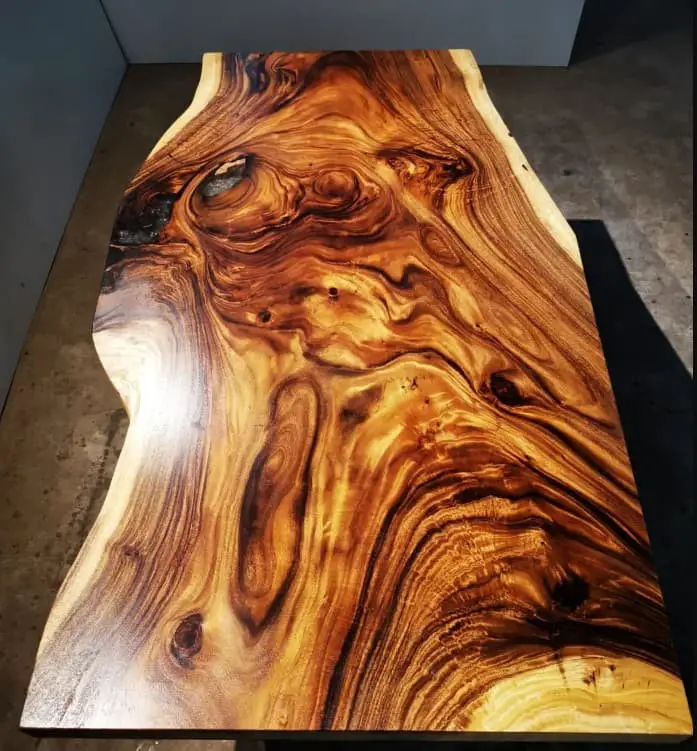
For centuries, Acacia wood has been a cornerstone of human craftsmanship, with its history dating back to ancient Egypt’s golden age. The versatile material played a pivotal role in the construction of iconic pyramids, as well as everyday objects like furniture and household items. Its enduring appeal lies in its exceptional strength and durability, making it a staple in high-end design and décor today.
What wood is acacia most similar to?
While its hardness rivals that of maple, acacia shares a similar tenacity to other popular woods like oak and cherry. Notably, however, it falls short of the Janka ratings of some exotics, such as teak, which tends to be more expensive. On the scale, acacia scores 2300, comparable to maple’s 1450 but outpacing oak at 1290. In contrast, cherry boasts a slightly higher rating of 2350, making it one of the hardest woods around.
Additionally, its density is reminiscent of mahogany, another durable wood commonly used in cabinet and furniture construction.
Is acacia wood similar to walnut?
Acacia wood is renowned for its versatility and beauty, making it an excellent choice for crafting furniture and cutting boards alike. Its hardness, comparable to that of walnut, offers durability without compromising on aesthetic appeal. While not as robust as oak, acacia’s unique grain pattern adds a touch of sophistication to any piece, ensuring a harmonious blend of form and function.
Uses of the Acacia wood.
Acacia tree wood boasts an impressive array of practical applications. As a hardwood, it’s often employed in the construction of furniture and flooring due to its durability and resistance to wear. Additionally, its versatility lends itself well to the production of charcoal, which has a range of uses from cooking to artistry. Furthermore, the aesthetic appeal of Acacia wood makes it an ideal choice for crafting sculptures and jewelry that are as visually striking as they are durable.
Moreover, its cultural significance extends beyond mere functionality, with many cultures utilizing the wood in magic and ritual practices, underscoring its importance in spiritual and ceremonial contexts.
Acacia wood hardness.
Acacia wood’s remarkable durability and resistance to decay and infestation make it an outstanding selection for crafting furnishings and flooring, particularly for exterior spaces where harsh weather conditions can be unforgiving. This prized material also lends itself well to various projects, whether residential or commercial in scope.
Advantages of Using Acacia Wood.
Acacia wood boasts numerous benefits when used in furniture and other applications. Its remarkable strength and durability make it an excellent choice for construction and heavy-duty purposes, where reliability is paramount. Furthermore, the wood’s visually appealing grain pattern can elevate the aesthetic appeal of any space, whether it’s a home or office. Additionally, acacia wood is relatively low-maintenance, allowing for effortless finishing to a high standard.
Disadvantages of using Acacia Wood.
Acacia wood’s unique characteristics make it less desirable for certain applications. Its relatively low strength means it’s not suitable for load-bearing furniture or structures that require significant weight support. Additionally, acacia wood tends to be more expensive than some other options. Furthermore, its working properties can be challenging, making it less appealing to beginners in woodworking.
Overall, while acacia wood has its own distinct qualities, it may not be the best choice for every project.
Is acacia wood better than pine?
When considering wood options for furniture and flooring, Acacia often stands out due to its exceptional durability and aesthetic appeal. However, when pitted against Pine, the question arises: which one reigns supreme? While Acacia’s superior resilience may be a deciding factor, it comes at a higher price point compared to Pine. The latter, although less durable, offers a more affordable option for those on a budget.
Moreover, Acacia can be more challenging to source than Pine, further influencing the decision-making process.
Types of Acacia wood.
Acacia wood boasts impressive physical properties – it’s dense, resilient, and remarkably durable. As such, it’s a popular choice for crafting furniture and flooring. Some species even find application in charcoal production. Moreover, Acacia trees serve as a valuable source of tannin, an essential component in the leather tanning process.
Acacia Acuminata wood.
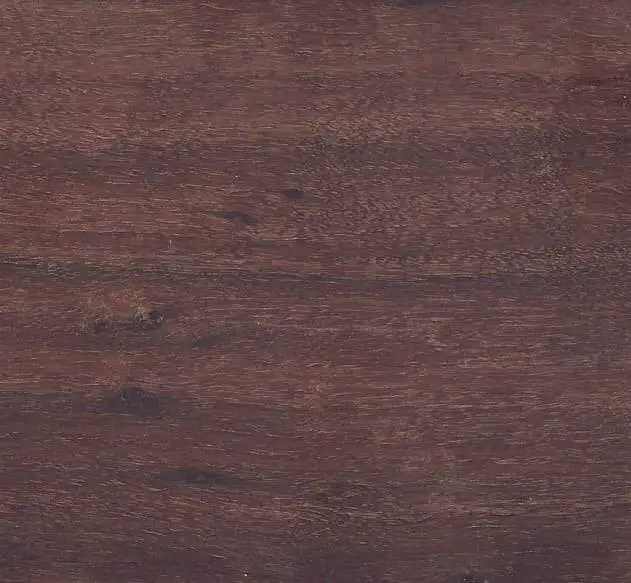
Acacia Acuminata, a species of acacia native to Australia, is renowned for its exceptional wood quality. The tree’s hardwood is dense and hard, making it an ideal choice for crafting furniture and flooring. One of its defining characteristics is its unique grain pattern, which can be either straight or wavy, adding visual appeal to any room. The wood typically exhibits a reddish-brown hue, but it can also be found in various other colors, including black, white, and yellow.
When considering Acacia Acuminata for a project, it’s essential to weigh its pros and cons. On the plus side, this hardwood is extremely durable and resistant to scratches and dents, making it suitable for high-traffic areas. Its density also means it will not readily absorb stains or odors. Furthermore, the wood’s beautiful grain pattern can elevate the aesthetic of any space.
However, Acacia Acuminata has some drawbacks to consider.
Firstly, it is one of the most expensive woods available, which may put it out of reach for those on a budget. Secondly, its density can make it challenging to work with, especially for inexperienced woodworkers. Finally, the wood is susceptible to water damage, emphasizing the importance of proper sealing and maintenance to ensure its longevity.
Acacia Auriculiformis Wood.
Acacia Auriculiformis wood is a versatile and durable type of acacia native to Australia, boasting impressive hardness and resistance to wear. Its applications extend from construction and furniture making to charcoal production, making it an excellent choice for projects demanding strength and sturdiness. However, this wood also presents some drawbacks. Working with Acacia Auriculiformis can be challenging due to its reluctance to be cut, sanded, or drilled.
Additionally, while it is durable, it may not be as strong as other types of wood, making it more prone to damage under heavy use or stress. Furthermore, the cost of this wood can be prohibitively high for many, limiting its accessibility.
Acacia Baileyana wood.
Acacia Baileyana wood is a sought-after hardwood renowned for its exceptional strength, durability, and aesthetic appeal. Also known as Australian blackwood or New England blackwood, this versatile timber is commonly used in furniture making, due in part to its robust nature. The unique grain pattern of Acacia Baileyana wood adds an extra layer of visual interest to any piece it adorns. Furthermore, its ease of workability makes it a popular choice among furniture makers.
While Acacia Baileyana wood boasts many advantages, it’s not without its drawbacks. Native to Australia, this hardwood is resistant to rot and termites, but can be challenging to source in the United States. Additionally, while strong and durable, it may require more effort to work with compared to other types of timber. Nevertheless, for those seeking a high-quality wood for their project, Acacia Baileyana wood remains a viable option, albeit one that demands careful consideration.
Acacia Cambagei wood.
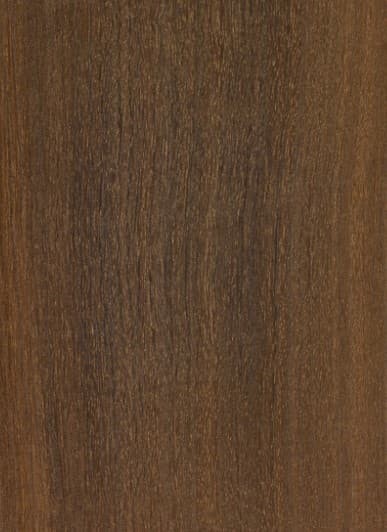
Acacia Cambagei wood, native to Africa, is renowned for its exceptional durability and strength as a hardwood. Its popularity stems from its versatility in construction, particularly in furniture making and other wooden items. The wood’s high carbon content also makes it an ideal choice for charcoal production. One of the primary advantages of Acacia Cambagei wood is its ease of workability, accompanied by a stunning grain pattern that can elevate any space’s aesthetic appeal.
Moreover, this hardwood exhibits remarkable resistance to rot and insect damage, making it suitable for both indoor and outdoor applications. However, there are some drawbacks to consider. On the positive side, Acacia Cambagei wood is incredibly strong and durable, rendering it perfect for various uses such as furniture and flooring. The wood’s beauty, with its rich grain, can add a unique charm to any setting.
Nevertheless, one of the significant drawbacks is its relatively high cost due to the time-consuming process of harvesting and its rarity. Furthermore, Acacia Cambagei wood can be quite challenging to work with, which may not make it the best choice for everyone. Despite these limitations, this exceptional hardwood remains a popular preference for many projects.
Acacia Confusa wood
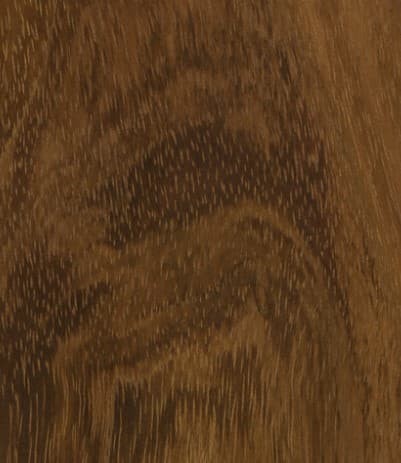
Acacia Confusa wood, also known as Formosan Koa and Taiwania, is a hardwood native to Taiwan and the Philippines. Its versatility has made it a popular choice for construction, furniture making, and cabinetry projects. The wood boasts a straight grain and medium to fine texture, with a light to medium brown color featuring subtle yellow or reddish undertones. A notable characteristic of Acacia Confusa wood is its ease of workability, allowing it to be stained and polished effectively.
While this wood offers several advantages, including its durability and resistance to rot and decay, there are also some considerations to keep in mind. For instance, Acacia Confusa wood can be more challenging to work with compared to other types of wood, requiring a bit more skill and patience from craftsmen. Furthermore, sourcing this type of wood may prove difficult in certain regions.
Acacia Dealbata wood
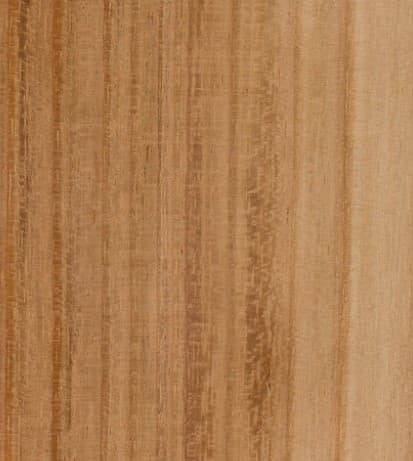
Acacia Dealbata wood, a type of hardwood, has gained popularity in the construction of furniture and wooden objects due to its exceptional durability and strength. Its ability to withstand high-traffic areas and heavy use makes it an ideal choice for various applications. The wood’s acoustic properties also make it a sought-after material for crafting musical instruments, allowing for clear and resonant sounds.
Native to Australia and New Zealand, Acacia Dealbata trees typically range in age from 30 to 50 years before being harvested. After felling, the logs are transported to sawmills where they’re processed into various products.
One of the primary benefits of using Acacia Dealbata wood is its eco-friendliness. It’s a sustainable option for those seeking environmentally responsible materials.
Additionally, its strength and durability make it suitable for high-traffic areas or items that will be subject to heavy use. Its unique acoustic properties also contribute to its popularity in musical instrument-making.
While Acacia Dealbata wood offers several advantages, it’s not without its drawbacks. The wood can be challenging to work with due to its hardness, and it may warp or crack if not properly cared for.
Furthermore, the availability of this hardwood is relatively limited, making it more expensive compared to other types.
Acacia Homalophylla wood
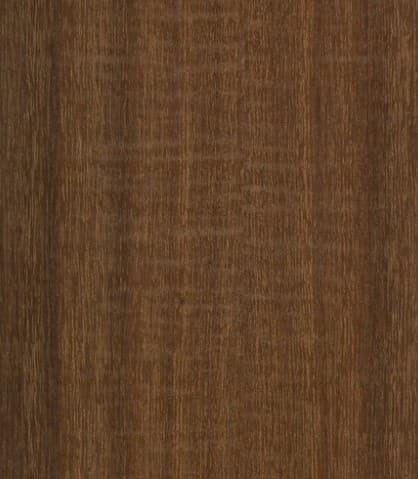
Acacia Homalophylla wood originates from Australia, where it’s prized for its hardwood properties, making it a popular choice for construction and furniture crafting. Its exceptional strength and durability only add to its appeal. While Acacia Homalophylla wood offers many benefits, there are also some considerations to keep in mind. On the plus side, this material excels when used outdoors due to its weather-resistance and low maintenance requirements.
In fact, it’s an excellent choice for furniture that will be exposed to the elements. However, Acacia Homalophylla wood does come with a few drawbacks. For one, it can be quite costly compared to other types of wood. Additionally, working with this material requires some specialized tools and expertise, which may not be readily available to all DIY enthusiasts or professionals.
As such, it’s essential to carefully evaluate your project’s requirements before deciding to use Acacia Homalophylla wood.
Acacia implexa wood.
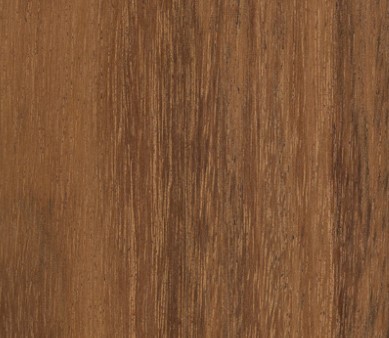
Acacia implexa wood is a prized material native to Australia, renowned for its exceptional hardness and density. This characteristic makes it an ideal choice for construction and furniture-making. Furthermore, its leaves resemble those of the mimosa plant, earning it the nickname ‘false mimosa’. The wood is often used in crafting decorative items like walking sticks. While Acacia implexa wood boasts numerous benefits, its working properties can be challenging.
Its density and hardness render it difficult to shape and cut, requiring specialized tools and techniques. Additionally, the distinctive grain pattern can make achieving a smooth finish after sanding a laborious process. Nonetheless, the unique character of this hardwood makes it an attractive option for those seeking a truly exceptional material.
Acacia Koa wood
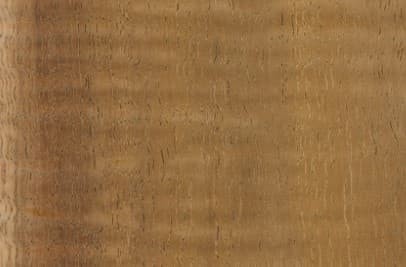
Acacia Koa wood is a highly prized tropical hardwood native to Hawaii, renowned for its exceptional strength and durability. Its versatility has led to its widespread use in crafting furniture, flooring, musical instruments like ukuleles and guitars, and other wooden products. The wood’s distinctive grain pattern and rich reddish-brown hue make it a coveted material among woodworkers and musicians alike.
While Acacia Koa’s benefits are numerous, there are some drawbacks to consider.
One notable challenge is its demanding nature when being worked with – the wood’s high density and hardness require specialized tools and techniques, potentially increasing project complexity and cost. Additionally, its oily properties necessitate extra care during sanding and finishing processes to avoid unwanted stickiness.
As a premium material, Acacia Koa wood also carries a higher price tag compared to other woods, making it essential to factor this into your budget considerations.
As with any material selection, weighing the pros and cons will help ensure that you’re making an informed decision for your project.
Acacia Leiocalyx wood
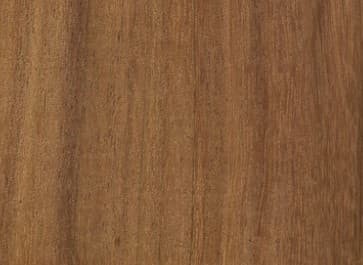
Acacia Leiocalyx wood is a hardwood that has gained popularity in construction and furniture making due to its exceptional durability and strength. This natural material stands out for its ability to withstand the test of time, making it an excellent choice for those seeking a long-lasting solution. While Acacia Leiocalyx wood offers numerous benefits, it’s essential to consider both its advantages and limitations before incorporating it into your project.
One of the most notable pros of this wood is its stunning grain patterns and colors, which add a touch of elegance to any setting. Additionally, its natural resistance to rot and decay ensures that it will remain in pristine condition for years to come. However, there are some drawbacks to consider as well. Specifically, Acacia Leiocalyx wood tends to be more expensive than other options on the market, and sourcing large quantities can prove challenging.
Nevertheless, its unique characteristics make it a compelling choice for those willing to invest in high-quality materials.
Acacia Mangium wood
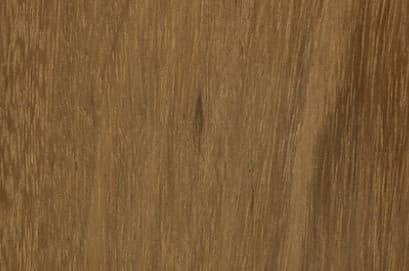
Acacia Mangium is a tropical hardwood native to Southeast Asia, renowned for its rapid growth rate, reaching heights of up to 30 meters. Its dark brown bark and pale yellow flowers are striking features. The wood itself is dense and hard, making it an ideal choice for construction projects such as flooring, furniture, and cabinetry. Despite its popularity in furniture and flooring due to its durability and attractive grain pattern, Acacia Mangium has some drawbacks.
One major limitation is its challenging workability due to its extreme hardness. Additionally, the wood can be costly. Furthermore, the grain of the wood may not be as consistent as other types of wood, potentially making it difficult to match pieces of furniture. Nevertheless, Acacia Mangium remains a beautiful and durable wood suitable for various applications.
Acacia Mearnsii wood
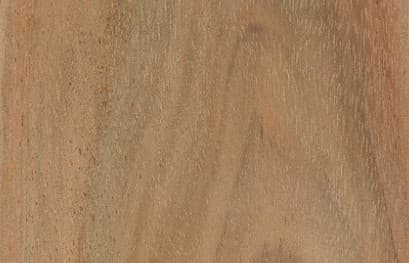
Acacia Mearnsii wood is a sought-after hardwood species native to Australia, renowned for its exceptional hardness and density. This remarkable characteristic makes it an ideal choice for construction, furniture-making, and other applications where durability and strength are paramount. Notably, the wood’s high tannin content confers impressive resistance to insect infestation and rot, while also facilitating the production of charcoal.
For both experienced woodworkers and novices, Acacia Mearnsii wood presents a versatile canvas for creative expression, as it is relatively easy to work with. While its unique characteristics justify its popularity, some users may find drawbacks in the premium price point and moderate difficulty in handling the material.
Acacia Melanoxylon wood
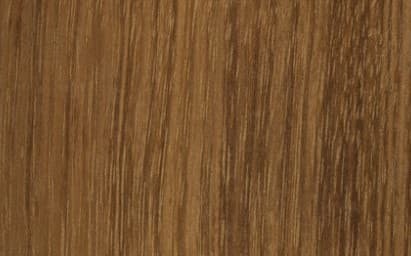
Acacia Melanoxylon wood, also known as blackwood or ironwood, is a highly prized material in the construction industry. Native to Australia, this versatile hardwood is renowned for its exceptional strength and durability, making it an ideal choice for crafting furniture and other wooden products that demand longevity. Its unique colour and grain patterns only add to its allure, allowing it to seamlessly transition between indoor and outdoor settings.
While Acacia Melanoxylon wood boasts numerous advantages, including its capacity to withstand the test of time, there are also some factors to consider when deciding whether to utilize this material for your next project. On the plus side, its durability ensures that your creation will remain sturdy and intact for years to come. However, it’s worth noting that Acacia Melanoxylon wood can be more costly than other options and may require a bit more effort to work with due to its density.
Acacia Pendula wood
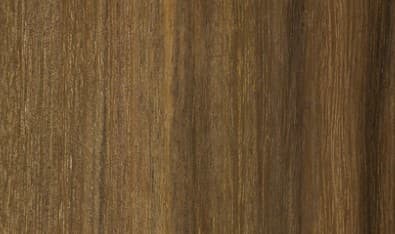
Acacia Pendula wood originates from the Acacia tree, a native Australian species that has been prized for its remarkable properties in furniture and construction industries. This hardwood stands out for its exceptional durability, strength, and resistance to decay and insect damage, making it an attractive choice for various projects.
While its high density and robust nature render it resilient against wear and tear, the wood’s demanding working characteristics and relatively higher cost can be considered drawbacks.
Acacia Peuce wood
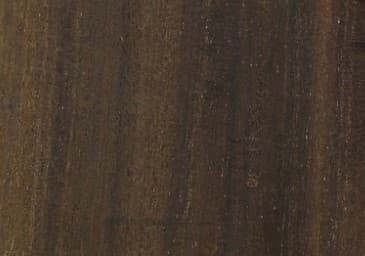
Acacia Peuce wood is a premium material that originates from the Acacia tree, which is native to Australia and New Zealand. Its exceptional strength, durability, and unique coloring make it an ideal choice for crafting high-quality furniture and cabinetry. Characterized by its range of hues from pale yellow to dark brown, and distinguished by a striking grain pattern, Acacia Peuce wood brings a touch of elegance to any space.
Its remarkable properties have made it a popular selection among designers and homeowners seeking exceptional durability and beauty. While Acacia Peuce wood is an excellent investment for those prioritizing quality, its high demand can result in higher prices. Furthermore, the limited availability of this hardwood may pose a challenge when searching for specific pieces or flooring options.
However, for those willing to invest time and resources, Acacia Peuce wood can be a rewarding choice for elevating their home’s aesthetic.
Acacia Pycnantha wood
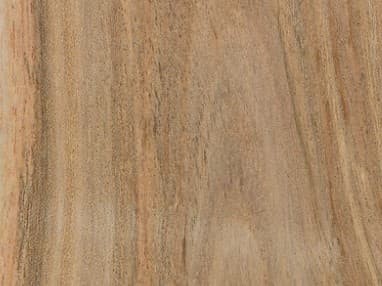
Acacia Pycnantha wood, a native Australian hardwood, has garnered popularity for its exceptional durability and strength, making it an ideal choice for furniture and flooring applications. The wood’s unique grain pattern is also highly prized. While it boasts several advantages, Acacia Pycnantha wood also presents some drawbacks. Its inherent strength and resilience make it perfect for withstanding the test of time, yet it can be challenging to work with due to its dense nature.
Furthermore, it is one of the pricier options available in the market, which may deter some users.
Acacia Rhodoxylon wood
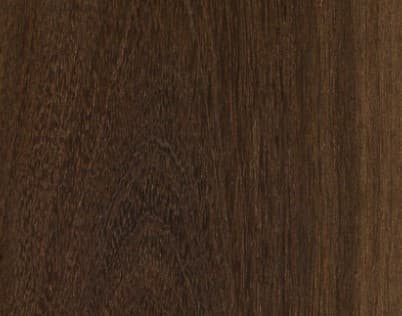
Acacia Rhodoxylon wood originates from the Acacia Rhodoxylon tree, native to Australia’s northern regions. Its exceptional hardness and density make it a top choice for construction and furniture-making applications. The timber boasts a distinctive reddish-brown hue and striking grain patterns, further enhancing its appeal. The wood’s impressive strength and durability have solidified its reputation as a go-to material for building structures and crafting bespoke furnishings.
Nevertheless, users should be aware of some potential drawbacks. Its hardness can make it challenging to work with, particularly for beginners. Additionally, Acacia Rhodoxylon wood may not possess the same level of rot-resistance as other woods, potentially affecting its longevity when exposed to outdoor conditions.
Acacia Salicina wood
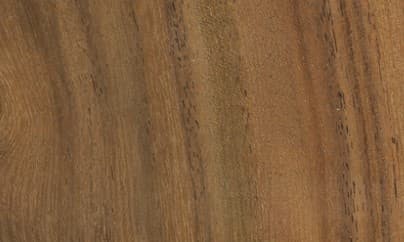
Acacia Salicina wood is a native Australian species renowned for its hardness and density, making it an excellent choice for furniture and flooring applications. The unique grain patterns add a touch of elegance to any design. While this versatile wood excels in terms of durability and strength, its use comes with some limitations. On the one hand, Acacia Salicina’s hardness makes it challenging to work with, requiring specialized tools and expertise.
Additionally, it is susceptible to rot and insect damage, highlighting the need for proper maintenance and protection measures. As a result, when considering this type of wood for your next project, it is essential to carefully weigh its advantages and disadvantages.
Acacia Shirleyi wood
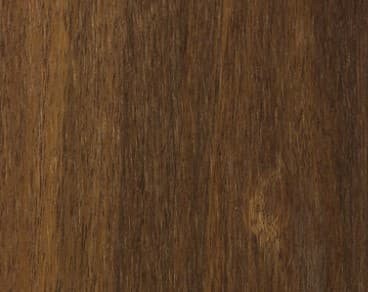
Acacia Shirleyi wood is a remarkable type of wood that originates from the Acacia tree, native to Australia. Its versatility and durability have made it a popular choice for various applications. The wood’s hardness and density make it suitable for furniture, flooring, and construction purposes, as it offers resistance to termite damage and rot. Furthermore, its beautiful golden hue makes it an attractive option for cabinets and other woodworking projects.
When considering the pros and cons of using Acacia Shirleyi wood, one must weigh its benefits against its limitations. On the plus side, this fast-growing hardwood is not only durable but also relatively affordable compared to other hardwoods on the market. However, it has some drawbacks that should be taken into account. One of these is its relative weakness, making it more prone to denting or scratching than harder woods.
Additionally, Acacia Shirleyi wood can be challenging to work with, especially for those lacking experience in woodworking. Despite these limitations, Acacia Shirleyi wood remains a viable option for those seeking an affordable and durable hardwood. With some patience and practice, its unique characteristics can make it a valuable addition to one’s home.
Acacia Tortilis wood
Acacia Tortilis wood is a tropical hardwood that originates from Africa and the Middle East, with trees reaching heights of 30-40 meters and diameters of 60-80 centimeters. Its reddish-brown hue features a fine grain, making it an attractive choice for various applications. The wood’s density and heaviness render it suitable for furniture, flooring, and other woodworking projects.
Not only is Acacia Tortilis wood aesthetically pleasing, but it also boasts natural resistance to termites and rot, making it an excellent option for outdoor furniture and decks. Additionally, its durability and strength make it a popular choice for interior flooring, paneling, and cabinetry. When considering this type of wood, it’s essential to weigh the pros and cons.
On one hand, Acacia Tortilis wood is durable, strong, and resistant to rot and pests, making it easy to work with and featuring an attractive grain pattern. On the other hand, it can be expensive depending on the source, may be difficult to find in certain areas, and requires proper care to prevent warping and cracking.
Conclusion
Acacia wood is a stunning choice for furniture and flooring due to its exceptional durability and versatility. Its diverse array of colors and grain patterns allows it to seamlessly integrate into any home décor. With proper care, this resilient material can withstand the test of time, providing generations of enjoyment.
When selecting acacia wood for your space, it’s essential to inquire about the specific type and recommended care guidelines to ensure you can fully appreciate its beauty for years to come.
Related Posts
When it comes to heating an entire house with a pellet stove, there’s more to consider than just the unit itself. The type of home, insulation, and overall climate play significant roles in determining whether a pellet stove can efficiently heat a whole house. Factors such as window orientation, roof condition, and exterior wall construction all impact the stove’s performance. Additionally, the size and efficiency of the pellet stove itself are crucial factors to consider.
A smaller stove may not be able to effectively warm a large space, while an inefficient one could waste fuel and increase costs. To achieve optimal results, homeowners should carefully evaluate their specific situation and consult with experts if necessary.

